Volvo EX30 vs BYD Dolphin Surf – Which car suits you better?
Everyday use, family trips or long-distance drives – here’s where the differences show.
Discover whether Volvo EX30 or BYD Dolphin Surf fits your lifestyle better.
Costs and Efficiency:
Price and efficiency are often the first things buyers look at. Here it becomes clear which model has the long-term edge – whether at the pump, the plug, or in purchase price.
BYD Dolphin Surf has a clearly advantage in terms of price – it starts at 19700 £, while the Volvo EX30 costs 33000 £. That’s a price difference of around 13286 £.
In terms of energy consumption, the advantage goes to the BYD Dolphin Surf: with 15.50 kWh per 100 km, it’s slight more efficient than the Volvo EX30 with 17 kWh. That’s a difference of about 1.50 kWh.
As for range, the Volvo EX30 performs evident better – achieving up to 476 km, about 154 km more than the BYD Dolphin Surf.
Engine and Performance:
Under the bonnet, it becomes clear which model is tuned for sportiness and which one takes the lead when you hit the accelerator.
When it comes to engine power, the Volvo EX30 has a convincingly edge – offering 428 HP compared to 156 HP. That’s roughly 272 HP more horsepower.
In acceleration from 0 to 100 km/h, the Volvo EX30 is clearly quicker – completing the sprint in 3.60 s, while the BYD Dolphin Surf takes 9.10 s. That’s about 5.50 s faster.
In terms of top speed, the Volvo EX30 performs to a small extent better – reaching 180 km/h, while the BYD Dolphin Surf tops out at 150 km/h. The difference is around 30 km/h.
There’s also a difference in torque: Volvo EX30 pulls convincingly stronger with 543 Nm compared to 220 Nm. That’s about 323 Nm difference.
Space and Everyday Use:
Cabin size, boot volume and payload all play a role in everyday practicality. Here, comfort and flexibility make the difference.
Seats: Volvo EX30 offers somewhat more seating capacity – 5 vs 4.
In curb weight, BYD Dolphin Surf is decisively lighter – 1294 kg compared to 1840 kg. The difference is around 546 kg.
In terms of boot space, the Volvo EX30 offers slight more room – 318 L compared to 308 L. That’s a difference of about 10 L.
In maximum load capacity, the BYD Dolphin Surf performs slight better – up to 1037 L, which is about 37 L more than the Volvo EX30.
When it comes to payload, Volvo EX30 somewhat takes the win – 390 kg compared to 344 kg. That’s a difference of about 46 kg.
Who wins the race?
The Volvo EX30 proves to be dominates this comparison and therefore becomes our DriveDuel Champion!
Volvo EX30 is the better all-rounder in this comparison.
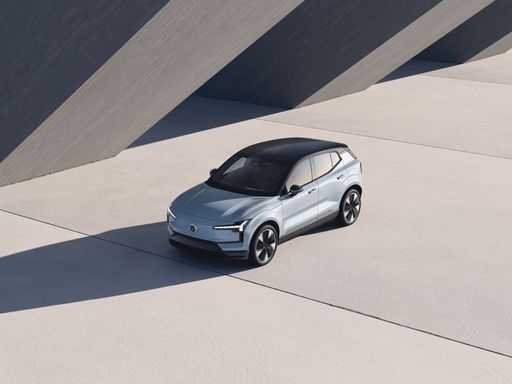
Volvo EX30
Volvo EX30
The Volvo EX30 represents a bold step forward for the brand, combining advanced technology with sustainable design principles. Its sleek and compact exterior belies a spacious interior that offers a premium driving experience. With a focus on safety and innovation, this model reflects Volvo's commitment to shaping the future of urban mobility.
details @ Volvo
@ Volvo
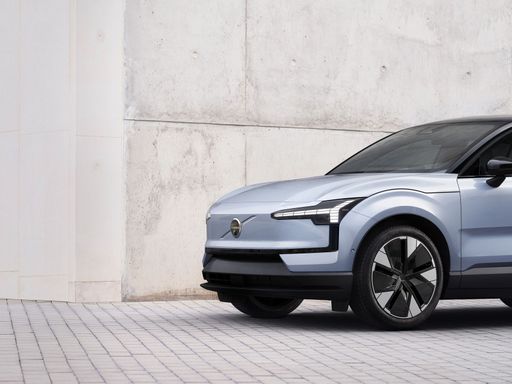 @ Volvo
@ Volvo
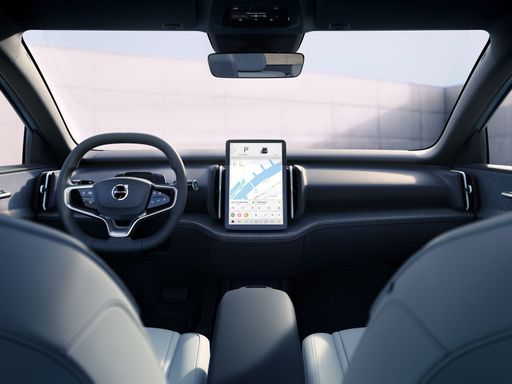 @ Volvo
@ Volvo
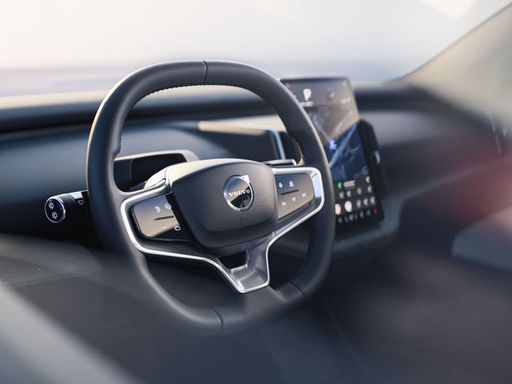 @ Volvo
@ Volvo
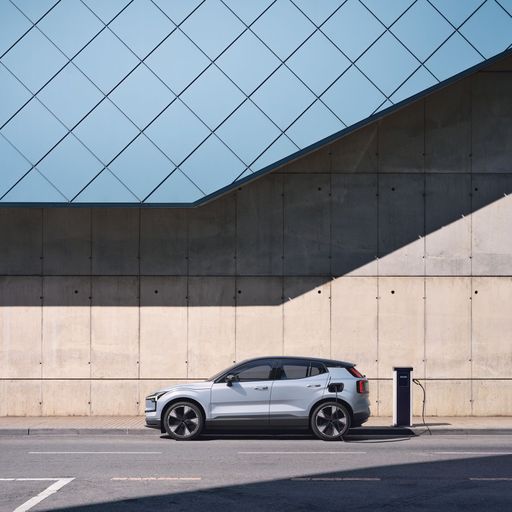 @ Volvo
@ Volvo
BYD Dolphin Surf
The BYD Dolphin Surf is an intriguing model that combines sleek design with modern electric technology, making it an appealing choice for urban commuters seeking sustainability and style. Its dynamic exterior design is complemented by an interior that prioritizes comfort and functionality, reflecting the brand's commitment to innovation. The model also offers impressive handling and a smooth driving experience, embodying the shift towards eco-friendly transportation.
details

|
|
|
|
|
Costs and Consumption |
|
|---|---|
|
Price
33000 - 49100 £
|
Price
19700 - 26600 £
|
|
Consumption L/100km
-
|
Consumption L/100km
-
|
|
Consumption kWh/100km
17 - 18.7 kWh
|
Consumption kWh/100km
15.5 - 16 kWh
|
|
Electric Range
339 - 476 km
|
Electric Range
220 - 322 km
|
|
Battery Capacity
49 - 65 kWh
|
Battery Capacity
-
|
|
co2
0 g/km
|
co2
0 g/km
|
|
Fuel tank capacity
-
|
Fuel tank capacity
-
|
Dimensions and Body |
|
|---|---|
|
Body Type
SUV
|
Body Type
Hatchback
|
|
Seats
5
|
Seats
4
|
|
Doors
5
|
Doors
5
|
|
Curb weight
1840 - 1960 kg
|
Curb weight
1294 - 1390 kg
|
|
Trunk capacity
318 L
|
Trunk capacity
308 L
|
|
Length
4233 mm
|
Length
3990 mm
|
|
Width
1838 mm
|
Width
1720 mm
|
|
Height
1550 - 1567 mm
|
Height
1590 mm
|
|
Max trunk capacity
1000 L
|
Max trunk capacity
1037 L
|
|
Payload
370 - 390 kg
|
Payload
344 kg
|
Engine and Performance |
|
|---|---|
|
Engine Type
Electric
|
Engine Type
Electric
|
|
Transmission
Automatic
|
Transmission
Automatic
|
|
Transmission Detail
Reduction Gearbox
|
Transmission Detail
Reduction Gearbox
|
|
Drive Type
Rear-Wheel Drive, All-Wheel Drive
|
Drive Type
Front-Wheel Drive
|
|
Power HP
272 - 428 HP
|
Power HP
88 - 156 HP
|
|
Acceleration 0-100km/h
3.6 - 5.7 s
|
Acceleration 0-100km/h
9.1 - 12.1 s
|
|
Max Speed
180 km/h
|
Max Speed
150 km/h
|
|
Torque
343 - 543 Nm
|
Torque
175 - 220 Nm
|
|
Number of Cylinders
-
|
Number of Cylinders
-
|
|
Power kW
200 - 315 kW
|
Power kW
65 - 115 kW
|
|
Engine capacity
-
|
Engine capacity
-
|
General |
|
|---|---|
|
Model Year
2024 - 2025
|
Model Year
2025
|
|
CO2 Efficiency Class
A
|
CO2 Efficiency Class
A
|
|
Brand
Volvo
|
Brand
BYD
|
What drivetrain options does the Volvo EX30 have?
The Volvo EX30 is offered with Rear-Wheel Drive or All-Wheel Drive.
The prices and data displayed are estimates based on German list prices and may vary by country. This information is not legally binding.
